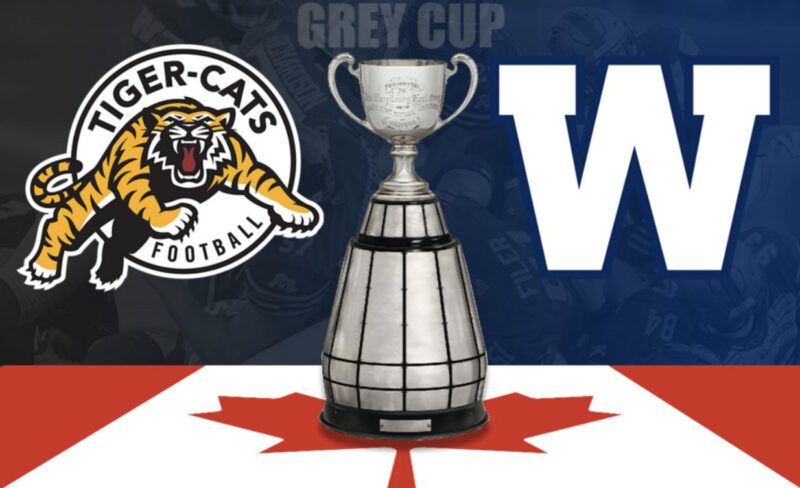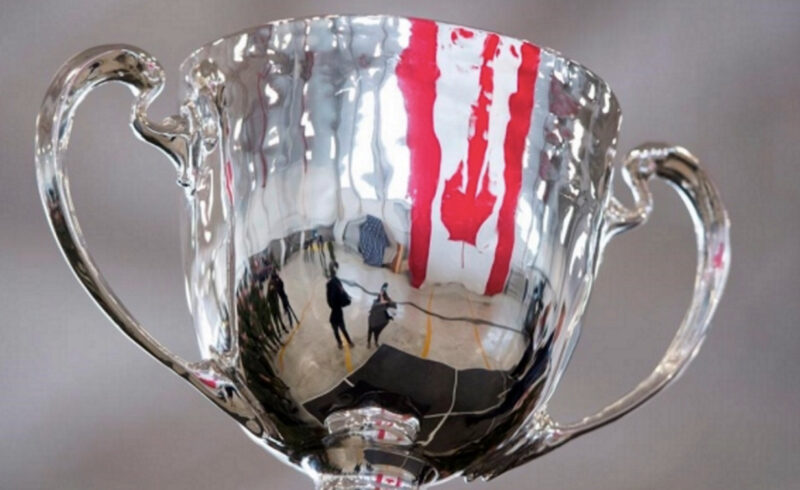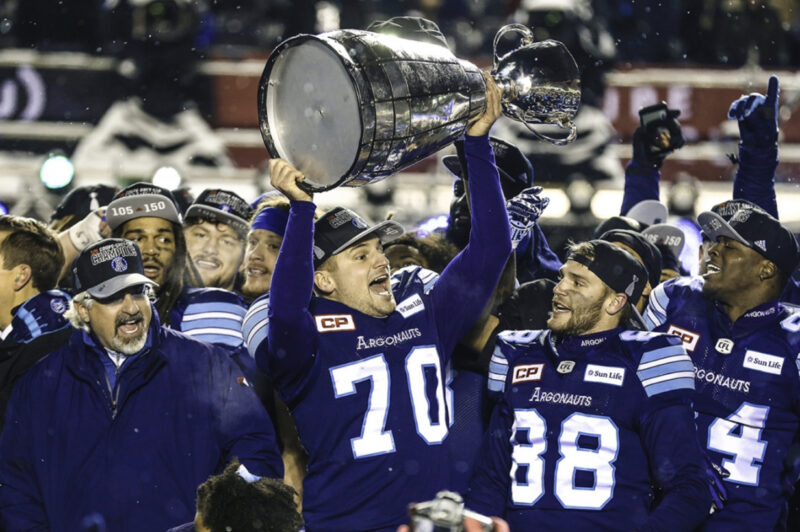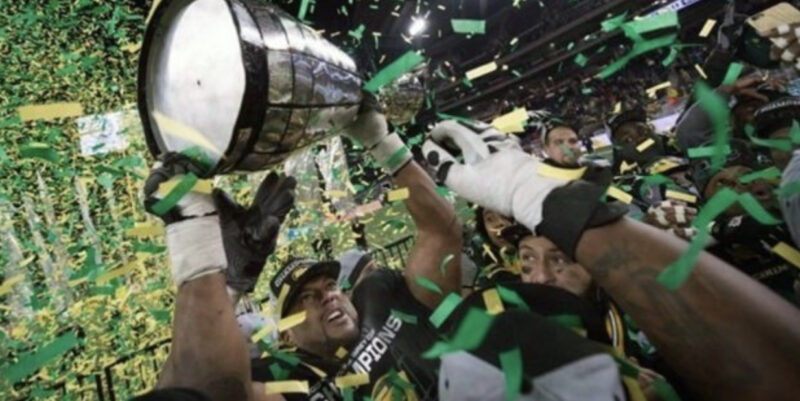
The Grey Cup: More Than Just Canada’s Super Bowl
During my first year at university, I attended a political science class with a seasoned professor who, right from his first lecture, argued that Canada, by any objective measure, shouldn’t exist. With a landmass covering 9.985 million square kilometers and a sparse population of just 38 million people, most of whom share little in common, Canada is a nation held together by circumstances rather than natural cohesion. How, he asked, could a rain-soaked Vancouverite feel connected to a French-speaking Quebecer, a Maritime fisherman to a farmer from Saskatchewan, or a Torontonian to someone from the far north?
Canada’s confederation, he argued, lacks the blood-soaked founding myths of revolution and civil war that our southern neighbors cling to. Instead, Canada is often defined by what it isn’t—neither British, nor French, and certainly not American. Yet, the absence of a clear identity doesn’t stop the nation from attempting to build one. Canadians fill that void with symbols that unite an array of regional identities: hockey, maple syrup, and the ubiquitous apology.
This Sunday, one of the most iconic symbols of that unity will take place in Hamilton, Ontario. Though hockey is Canada’s official pastime, the Grey Cup remains the true national sport, the one event that brings Canadians together from coast to coast. For over a century, the Grey Cup—the Canadian Football League’s annual championship game and the shiny silver trophy it awards—has become deeply embedded in the country’s identity. After the first hiatus since World War One in 2020, this weekend will mark the 108th edition of the Grey Cup, with the Hamilton Tiger-Cats and the Winnipeg Blue Bombers facing off at a sold-out Tim Hortons Field. Millions of viewers across the country will tune in to witness the iconic showdown.

For the second time, the Grey Cup will showcase international talent, with players from Germany, Australia, France, Finland, Japan, Mexico, and the UK vying for the chance to earn a coveted championship ring if their team triumphs. For international fans cheering on Winnipeg’s Thiadric Hansen or Hamilton’s Chris Mulumba, understanding the significance of winning the Grey Cup may be challenging. While the NFL’s Super Bowl is more familiar, it’s tempting to label the Grey Cup as Canada’s equivalent—but that comparison falls short.
The true “Canadian Super Bowl” is, in fact, the Super Bowl itself. It holds equal appeal in Canada, with its star-studded halftime shows and multi-million-dollar commercials making it one of the most-watched TV events in the country each year. Yet, despite lacking the same dazzling spectacle for casual viewers, the Grey Cup remains a fixture on the list of the most-watched broadcasts. After over a century of tradition, its place in Canadian culture still resonates deeply, transcending the superficial allure of glitz and glamour.

Unlike the Super Bowl, which is a celebration of corporate America — from the production to the sky-high ticket prices — the Grey Cup is a true gathering of Canadians. While this year’s festivities have been somewhat scaled back due to the ongoing pandemic, the week leading up to the game in the host city remains an iconic celebration. Fans from all nine teams, and even those from long-anticipated, unreleased teams like the Atlantic Schooners, make the pilgrimage, regardless of their allegiance. The event becomes a grand celebration of Canadian football, with fan parties hosted by every team and the Calgary Stampeders bringing their live horse mascot to parade into the lobby of the host city’s main hotel. On game day, the stadium is filled with jerseys of every color, worn by passionate fans, not corporate elites entertaining clients.
The pageantry of the Grey Cup is not about red carpets or pop stars; it’s deeply rooted in the game’s history. Commissioned by Governor General Albert Grey in 1909 for just $48, the Grey Cup has survived fires, breakages, and even theft — once as a prank, another time as a high-stakes heist. Its base is engraved with the names of legendary players and coaches like Warren Moon, Doug Flutie, Marv Levy, and Bud Grant. The game has been played in ankle-deep mud, on frozen fields, in brutal winds, and through thick fog. Even threats against the life of Ottawa’s quarterback Russ Jackson in 1969 by Quebec separatist terrorists couldn’t stop the Grey Cup, though COVID-19 did.
When the Grey Cup returns on Sunday, it will be an incredibly meaningful celebration of Canadian identity, especially at a time when expressions of national pride are few and far between. Former Prime Minister Pierre Elliott Trudeau once compared living next to the United States to sleeping beside an elephant: no matter how friendly, you feel every twitch. In today’s digital age, the “twitches” of Americanization come faster than ever, and in Canada, they are even more intense due to proximity. This influence has affected the CFL, particularly in urban markets where American envy and the Canadian inferiority complex are most pronounced. With the financial challenges brought on by the pandemic, the future of Canadian football — with its three downs and wider field — faces its greatest uncertainty.

The symbols that once united our improbable nation have faded in significance over time, and in many ways, that’s a positive change. Canada has grown more diverse, and some nationalist myths are best left in the past. Yet, the Grey Cup remains a constant unifier, a day when Canadians from all regions can come together to share a singular experience. It transcends age, loyalty, and fandom — it is woven into the fabric of who we are.
Whether you’re watching from Flensburg, Germany, Neerim South, Australia, or Le Mans, France on Sunday, know that you’re joining us in celebrating a true cultural touchstone — one that has connected us for a century and, hopefully, will continue to do so for many generations to come. The Grey Cup is, and always will be, ours to celebrate, and we can’t wait to share it with you.
AFI, Visaic, and the CFL
American Football International has teamed up with Visaic and the Canadian Football League to broadcast 2021 CFL games live. This is not just any livestream; it’s a high-quality stream of the premier TSN network television broadcast.
Source: https://www.americanfootballinternational.com/the-grey-cup-is-more-than-just-canadas-super-bowl/
